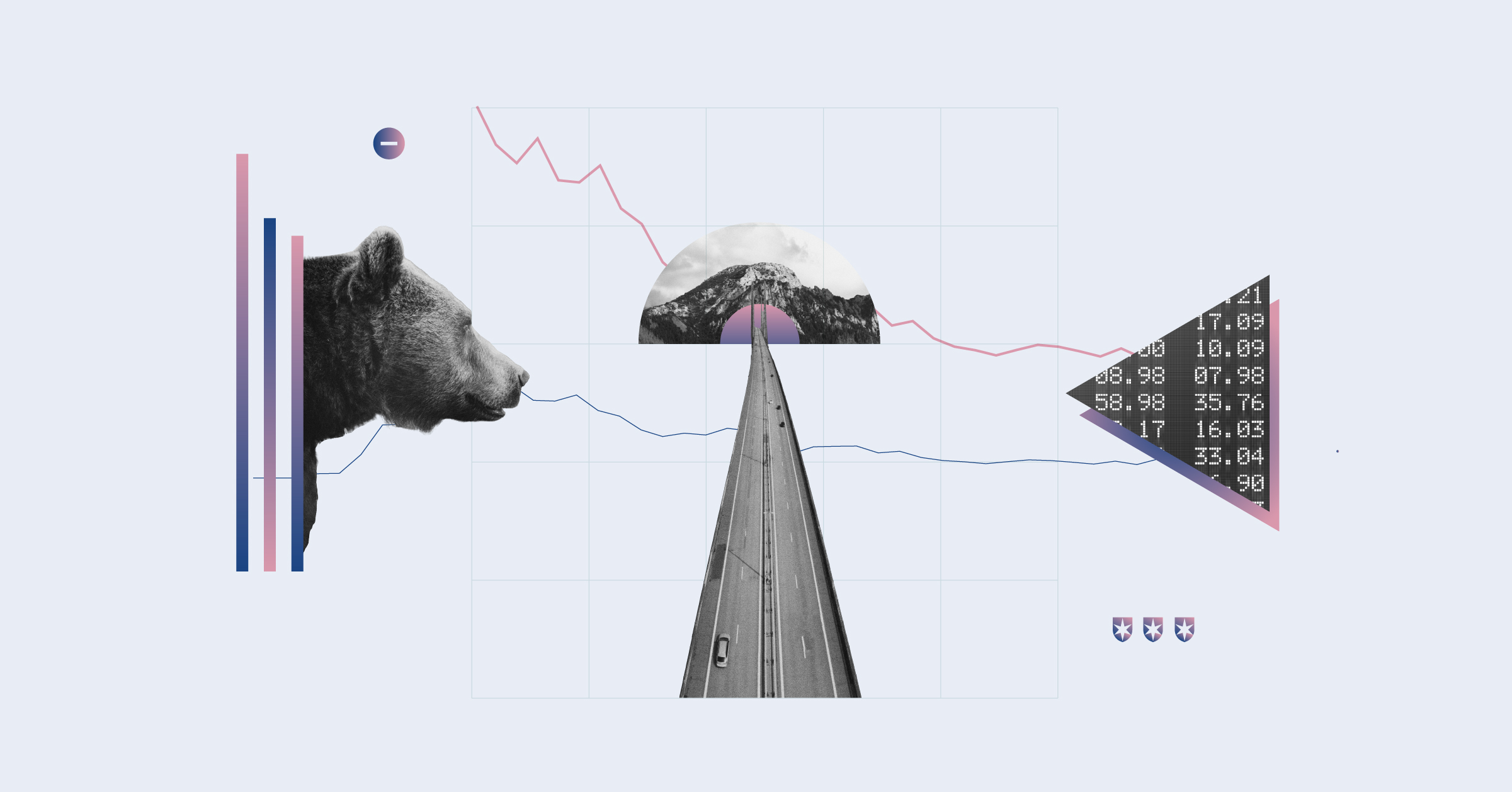Bryan Armour: Funds-of-funds offer access to multiple funds in one portfolio. For example, Vanguard All-Equity ETF Portfolio, ticker VEQT, holds four ETFs that give investors exposure to U.S., Canadian, and foreign developed and emerging market stocks, making it a one-stop shop for a globally diversified portfolio. A fund-of-funds professionally manages a portfolio of underlying funds, a service that typically comes with a fee on top of the fees already embedded in the underlying funds it holds.
You Could Save on Fees by Owning the Separate Components of a Fund-of-Funds
Thrifty investors could save on this fee by investing in the underlying ETFs and managing the allocation using VEQT's monthly reported holdings. This begs the question at what point does it make sense to own the underlying ETFs rather than a fund-of-funds.
Management expense ratios for fund-of-funds vary just like with any fund. Some charge nothing while others demand a hefty price. The higher the added fee, the more likely an investor can benefit from replicating the strategy themselves. But the more actively traded or complex the strategy, the harder it can be to replicate. Going back to simple strategy and VEQT, the asset-weighted MER of its four holdings is 9 basis points cheaper than VEQT itself. For a $10,000 investment, a do-it-yourself approach would save an investor $9 a year. At $1 million, it would save $900 annually.
At What Point Does This Strategy Make Sense?
The threshold where the cost savings become worthwhile is in the eye of the beholder. Investors looking to save every penny may stand to benefit from this approach on paper despite the added hassle, but even the benefits may be overstated. An investor's time to figure out the proper allocation and make trades each month isn't the only trade-off of a do-it-yourself approach. Trading costs including brokerage fees, commissions, and crossing the bid-ask spread would add up quickly. And investors could miss out on potential fringe benefits of using professional portfolio managers like cash management and securities lending, each of which could help make up for the additional fee.
But Is DIY In This Instance Worth It?
Another issue for the do-it-yourself investor is the likelihood of implementation errors. Would saving $900 on that $1 million investment take priority in an investor's schedule so that they never miss to rebalance? Would there ever be an error in the rebalancing calculations, orders, or executions? Investors would certainly benefit from the resources that a firm like Vanguard has at its disposal.
In Some Cases, Like VEQT, This Strategy Might Not Be Possible
Lastly, Vanguard doesn't publish a month-end asset mix until a couple of weeks after the month-end, meaning investors will be rebalancing to match a somewhat stale allocation. For that reason, it's not even possible to exactly replicate VEQT. For a fund like VEQT, there may not be a point where it makes sense to own the underlying ETFs rather than the fund-of-funds. Costs tend to scale with the size of the investment, meaning trading costs and fringe benefits from professional managers grow as the investment size increases. Expensive fund-of-funds strategies may create a better opportunity for cost savings for investors, but there will likely be performance drift. Still, the fee reduction may be worthwhile for the investor. As always, the devil is in the details, so investors should dig deeper into the specific strategy they're interested in.

















